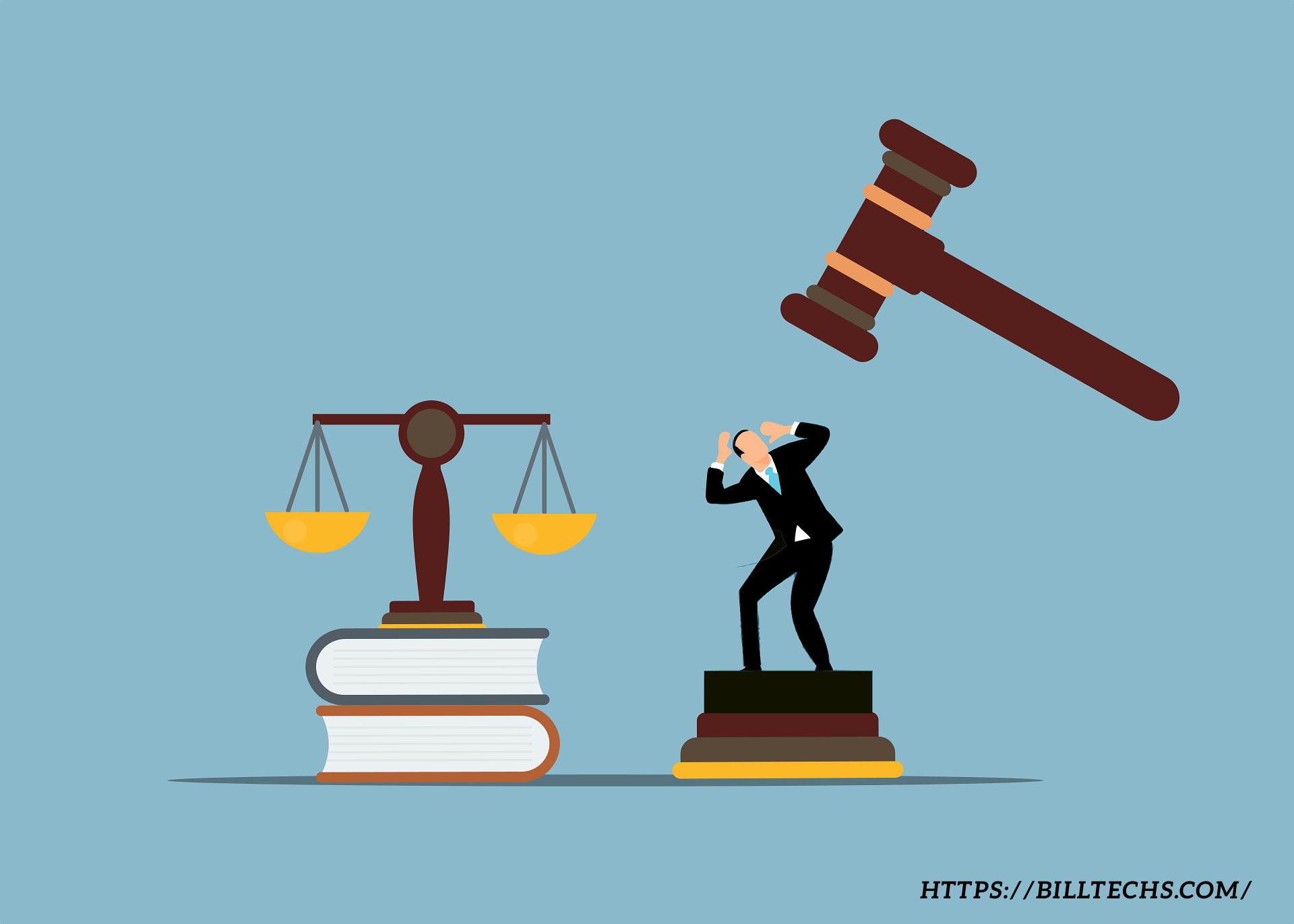Criminal Law: An Overview
Criminal law is a branch of law that focuses on the punishment of individuals or entities who commit crimes. Crimes are generally defined as actions that violate laws established by a governing body, often leading to harm or injury to individuals or society as a whole. Criminal law is a fundamental part of any legal system, serving to maintain public order, protect individual rights, and prevent harm to society. This article explores the key elements of criminal law, its functions, and its impact on society.
Definition and Purpose of Criminal Law
Criminal law is a set of rules and statutes that define conduct that is prohibited by the state and establish punishment for those who violate these rules. It is distinct from civil law, which deals with disputes between private individuals. While civil law typically involves compensation for harm, criminal law focuses on punishing offenders, thereby serving as a deterrent for future criminal behavior.
The purpose of criminal law is multifaceted. Firstly, it seeks to protect public order by establishing clear guidelines on acceptable behavior. Criminal law acts as a deterrent, aiming to prevent crimes from occurring by imposing penalties on those who break the law. In addition to punishment, criminal law also aims to rehabilitate offenders, helping them reintegrate into society. Retribution is another key objective, ensuring that offenders receive a punishment proportional to their crime.
Criminal law is crucial for the protection of individual rights and freedoms. By defining crimes and establishing appropriate penalties, it ensures that the rights of victims are respected, and that those who commit offenses are held accountable. Moreover, criminal law ensures that offenders are not left unchecked, maintaining a sense of justice and fairness in society.
The Key Elements of Criminal Law
The structure of criminal law is built upon a few foundational concepts. These include:
Crime:
A crime is an act or omission that constitutes a violation of the law and is punishable by the state. Crimes can be classified into various categories, including felonies (serious offenses) and misdemeanors (less severe offenses). Some common crimes include theft, assault, murder, and drug trafficking.
Mens Rea (Guilty Mind):
To be convicted of a crime, an individual must have had the rea or “guilty mind.” This refers to the mental state or intent. In most cases, for an act to be considered a crime, the offender must have had knowledge of the criminal nature of their actions or acted with reckless disregard for the consequences.
Actus Reus (Guilty Act):
In addition to mens rea, the defendant must also have committed the actus reus or “guilty act.” This refers to the physical act of committing the crime. For example, in a case of theft, the actus reus would involve physically taking someone else’s property.
Causation:
In many criminal offenses, it must be shown that the defendant’s actions directly caused the harm or damage. For instance, in the case of homicide, the act of the defendant (e.g., shooting or poisoning) must have led to the victim’s death.
Defenses to Criminal Liability:
Defendants in criminal cases can argue certain defenses to avoid liability. Some common defenses include insanity (arguing that the defendant was not of sound mind at the time of the crime), self-defense (justifying the use of force to protect oneself), duress (claiming that the defendant was forced to commit the crime), and entrapment (arguing that law enforcement induced the defendant to commit the crime).
Types of Crimes
Criminal law categorizes crimes in various ways. Broadly speaking, crimes can be divided into two main categories: felonies and misdemeanors.
Felonies:
These are the most serious offenses and are typically punishable by imprisonment for more than one year, and in some cases, by death. Felonies usually result in more severe consequences due to the serious nature of the offenses.
Misdemeanors:
These are less serious crimes that generally result in a shorter term of imprisonment or fines. Misdemeanors can include offenses like petty theft, vandalism, and public intoxication. While the penalties for misdemeanors are not as harsh as those for felonies, they still carry consequences that can affect an individual’s life.
Infractions:
These are minor violations that do not result in jail time. Common examples include traffic violations like speeding or parking violations. Infractions typically result in fines rather than incarceration.
White-Collar Crimes:
These are non-violent crimes usually committed by individuals in positions of power or trust, such as fraud, embezzlement, insider trading, and identity theft. White-collar crimes can have serious financial consequences and are often punished with fines, restitution, or imprisonment.
Sexual Offenses:
These involve crimes such as rape, sexual assault, and child exploitation. Sexual offenses are particularly sensitive and carry severe penalties in many jurisdictions, given the long-lasting impact they have on victims.
Criminal Procedure
Criminal law not only defines crimes but also establishes procedures for the enforcement and prosecution of criminal offenses.
Investigation:
Law enforcement agencies investigate suspected criminal activities. This may involve collecting evidence, interviewing witnesses, and identifying suspects.
Arrest:
If law enforcement has sufficient evidence that a crime has been committed, they may arrest the suspected offender. In most cases, a warrant is required for an arrest unless there is an immediate threat or danger.
Charging:
After an arrest, prosecutors decide whether to file formal charges against the suspect. This involves reviewing evidence and determining whether there is enough probable cause to proceed with a trial.
Trial:
If charges are filed, the defendant is entitled to a trial where both the prosecution and defense present their evidence. The trial can be conducted before a judge (bench trial) or a jury (jury trial). The standard of proof in criminal trials is “beyond a reasonable doubt,” meaning the prosecution must prove the defendant’s guilt with a high level of certainty.
